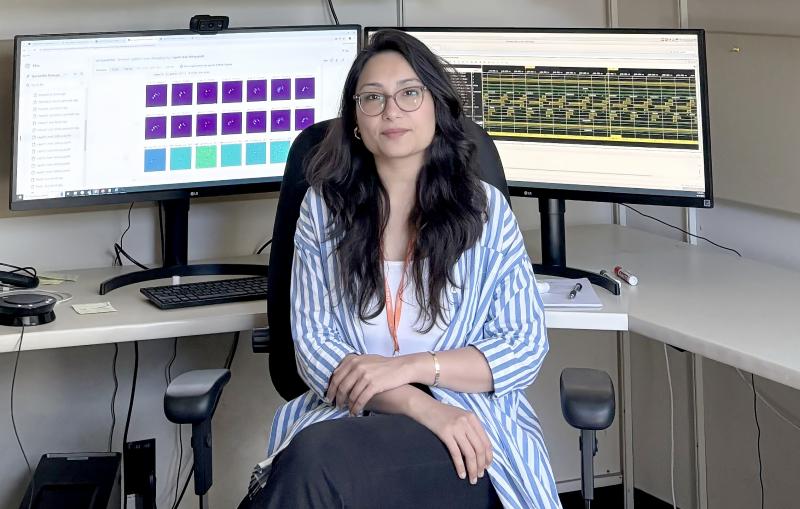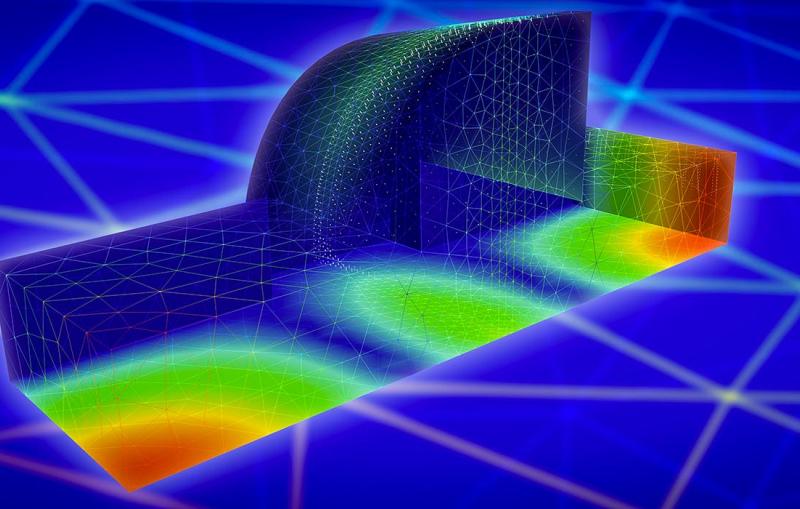

Illustration
With help from two small businesses, SLAC’s vintage ACE3P software is spreading its wings to make supercomputing easier and faster.



With help from two small businesses, SLAC’s vintage ACE3P software is spreading its wings to make supercomputing easier and faster.
